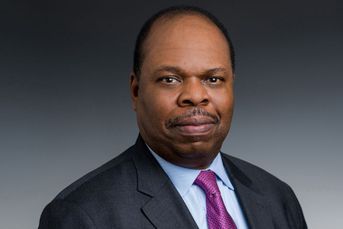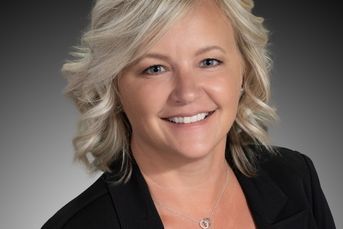LPL advisers use IPO to diversify
Looking to diversify and raise cash to pay taxes, big-producing and long-tenured advisers affiliated with LPL dumped shares and cashed out during the company's initial public offering this month.
Looking to diversify and raise cash to pay taxes, big-producing and long-tenured advisers affiliated with LPL dumped shares and cashed out during the company’s initial public offering this month.
Almost half of the top 50 brokers at LPL Financial who owned company stock sold the maximum amount of shares allowed — 65% — in this month’s IPO of the parent company, LPL Investment Holdings Inc. Another 20% sold 50% to 64% of their shares. (See the full chart here.)
An analysis of the 50 current and former LPL Financial representatives who were the largest stockholders showed that in aggregate, they sold 54.3% of their shares. The reps and advisers are prohibited from selling the rest of their shares until 180 days after the IPO officially closes.
LPL filings with the Securities and Exchange Commission show that about 650 of LPL’s 12,000 reps and advisers had shares to sell.
Only five — Christian Webb, Dennis Nolte, Israel Jacob, J.R. Krause and John Tuve — refused to part with any company stock, which made its debut at $30 per share Nov. 17 and was trading near $32.50 last Wednesday.
By selling shares, LPL reps and financial planners said they were simply practicing what they preach: diversification. Because of the structure of the stock plan, advisers selling their shares will pay taxes on their gains at ordinary income rates, rather than at lower capital gains rates.
“I believe in the company and the management, but it’s a matter of doing your personal planning,” said John Waldron, founder and managing member of Waldron Wealth Management. According to SEC filings, he sold 65% of his stock, or 32,981 shares, and said he will hang on to the remaining shares.
“I’m going to hold the rest for the long term,” Mr. Waldron said.
The difference between the new LPL and the old is that some of the old guard is gone and layers of management have been added as the firm has expanded, said Todd Feltz, president and founder of Feltz WealthPlan.
“It takes me a little longer to solve a problem,” said Mr. Feltz, who sold the maximum amount of stock in LPL’s offering — 27,404 shares — and used the proceeds to diversify into dividend-paying blue-chip stocks he currently recommends to clients.
LPL’s founder and former owner, Todd Robinson, created the stock program for advisers in the past decade to keep LPL’s biggest producers in their seats, advisers said.
In 2005, he sold the majority of the firm to two private-equity companies, Hellman & Friedman LLC and TPG Capital. Neither sold shares during the IPO and each now controls about 32% of LPL.
Although some in the industry said that a large number of LPL reps’ selling the maximum amount of stock allowed could signal a lack of faith in the company’s long-term prospects, others noted that it was smart and expedient for them to sell.
“Employees should not hold a large percentage of their net worth in the same company stock. It’s a risk issue,” said Andy Tasnady, founder of Tasnady Associates LLC, a compensation consulting firm.
He cited the sudden demise of The Bear Stearns Cos. Inc. and Lehman Brothers Holdings Inc. as warnings to employees and brokers that having one’s income and net worth tied to one institution can be dangerous.
“If you have a chance to diversify, do it,” Mr. Tasnady said.
“There’s nothing wrong with cashing out. We’ve been through a couple of tough years,” said Steve Winks, a principal with SrConsultant.com.
Many LPL advisers are no longer willing to “wait and see” about the value of the stock, instead choosing to act now when they can have a concrete measure of its worth, he said.
“Maybe they’d rather have cash in the bank than a value that could escape in the future,” Mr. Winks said.
LPL’s top adviser, Ronald Carson, sold the maximum percentage of his shares, which were worth close to $1.5 million. His firm, Carson Wealth Management Group, controls about $3.2 billion in client money, and he diversified out of LPL’s stock into Monsanto Co. (MON), StoneMor Partners LP (STON) and Verizon Communications Inc. (VZ),
All are companies his clients currently hold, Mr. Carson said.
“Never have a $2 million to $3 million position in a company,” he said. “There’s too much risk.”
Mr. Carson plans to hold the remainder of his LPL shares for the long term, he said.
E-mail Bruce Kelly at [email protected].
Learn more about reprints and licensing for this article.








